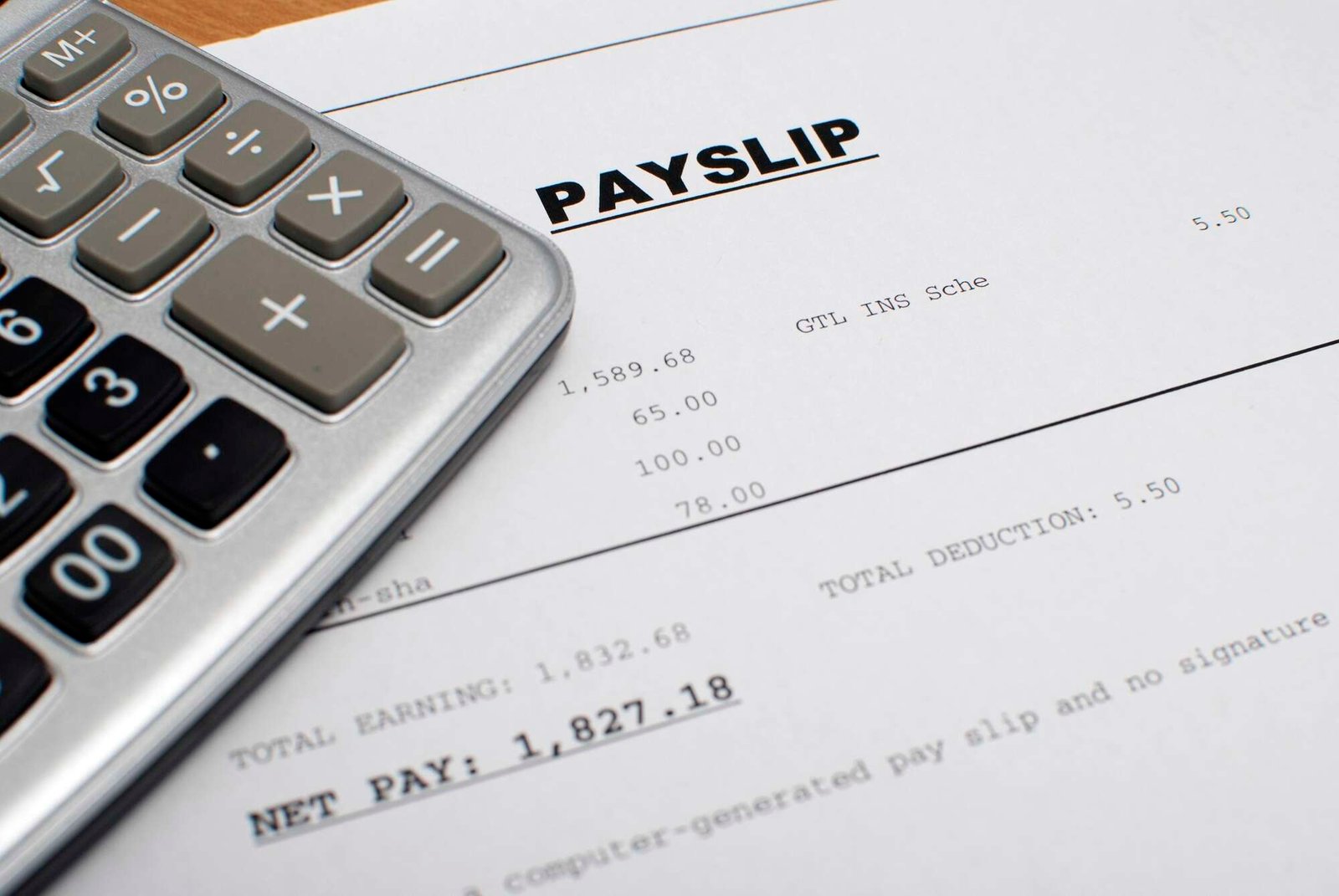[ad_1]
Economy
How payslips will look after new NSSF deductions
Tuesday February 21 2023
How payslips will look after new NSSF deductions. FILE PHOTO | POOL
Kenyan workers will see a reduction of up to Sh880 from their monthly net pay after employers start implementing revised deductions to the National Social Security Fund (NSSF) this month.
An analysis by the Business Daily of how the new payrolls will look shows that employees earning between Sh18,000 and Sh25,000 will see the largest change in total take home after yielding Sh880 a month.
This is after NSSF deductions to employees in the band rise to the Sh1,080 upper limit with effect from the end of this month from the current Sh200 with pay-as-you-earn (PAYE) taxes swallowing up gains from a lower taxable pay after the higher deduction.
Read: Enhanced NSSF contributions to start immediately
Kenyans earning Sh18,000 a month will, for instance, see their new taxable pay fall to Sh16,920 after the Sh1,080 NSSF deduction.
The take-home nevertheless slides to Sh17,010 from Sh17,890 previously after PAYE and relief surcharges remain unchanged at Sh90 — PAYE Sh2,400, personal relief Sh2,400 and credit of Sh90 as insurance relief from National Health Insurance Fund contributions.
In contrast, Kenyans earning Sh50,000 in gross pay will see their net pay reduce by Sh616 a month to Sh42,040.65 from Sh42,656.65 as taxable pay is reduced to Sh48,920.
Kenyans with gross pay of Sh300,000 will shed a similar sum to net pay/take home as their taxable pay is reduced to Sh298,920 despite the reduction in PAYE to Sh81,804.35 from Sh82,068.35.
Employers are expected to remit Sh2,160 for all earners with a gross income of Sh18,000 and above, half of which is a matchup by the employer for the employee contribution.
“The employers who have been complying with the NSSF Act No.45 of 2013 should continue doing so, while those who are not should comply as advised,” said the NSSF in a statement on February 9.
The NSSF says the new deductions will be effected on gross pay but the impact is expected to be minimal until the third year of implementing the new rates when the size of contributions is set to go higher.
Workers earning above Sh18,000 are divided into two levels of contributions- tier I and tier II with the former being with respect to pensionable earnings up to the lower earnings limit of Sh6,000.
Tier II contributions are those in respect of pensionable earnings above the lower earnings limit.
But while employees see their net pay reduced, contributions towards retirement will be enhanced against the backdrop of the implementation of the new rates.
“For employees who did not have the opportunity of participating in an occupational or private pension scheme, the increased contributions for the new NSSF Pension Fund will be a welcomed opportunity to help them save more for retirement,” Consultancy PwC said in a tax note.
Employers are expected to see a greater cost of doing business as the implementation of the new Act obligates them to match up to higher employee contributions.
“The net effect of the new contributions will be an increase in the cost of doing business for Kenyan employers. Employers will need to ensure that they have reviewed all employee records to ensure that qualifying employees are registered with NSSF where applicable,” PwC added.
“Payroll systems will also need to be updated in order to be able to accurately calculate the new employer and employee contribution amounts.”
The NSSF estimates that the higher contributions would unlock Sh18 billion in the 2023/24 financial year with the tier I impact being Sh5.71 billion.
Tier II contributions are meanwhile projected to funnel Sh12.43 billion in new pension cash even as the NSSF competes with other pension funds for the new contributions.
Private pension schemes are already eyeing a windfall from the new pension funds with some employers expected to contract out of making tier II contributions to the NSSF.
“We see the new NSSF Act 2013 as highly beneficial. Not only will the pension industry remain relevant but it will flourish. Currently, there are just over 3,000 employers offering retirement benefits to employees. This is not the death knell for private pension schemes,” said Zamara Group CEO Sundeep Raichura.
Last week, the Retirement Benefits Authority (RBA) urged employers looking to contract out of NSSF tier II contribution to apply to the regulator with the view of establishing their gratuity schemes.
Existing private pension schemes are also required to rationalise their validity with the regulators with the RBA expected to process applications within 60 days.
Over the medium term, the fund estimates the total revenue impact from the implementation of the new Act at Sh38 billion in the 2026/27 financial year when the projected maximum pension income is set at four times the national average wage or Sh240,000.
The full implementation of the NSSF Act 2013 nevertheless remains uncertain after the County Pensioners Association appealed to the Supreme Court last week challenging the Court of Appeal’s decision that allowed the government to increase monthly contributions to NSSF.
The group wants the government to be stopped from enhancing the monthly NSSF contributions pending the hearing and determination of the petition.
Read: NSSF deductions still need to be reviewed
The Federation of Kenyan Employers has urged employers to comply with the new NSSF deductions even as the lobby expresses reservations on the effective implementation date for the new rates.
Other concerns expressed by the lobby include whether the new rates apply to basic or gross pay with the NSSF yet to explicitly disclose where the deductions are effected.
“When laws are passed, the FKE advises members to comply with them. That advisory still holds,” said the Executive Director of the Federation of Kenya Employers Jacqueline Mugo.
[ad_2]
Source link



